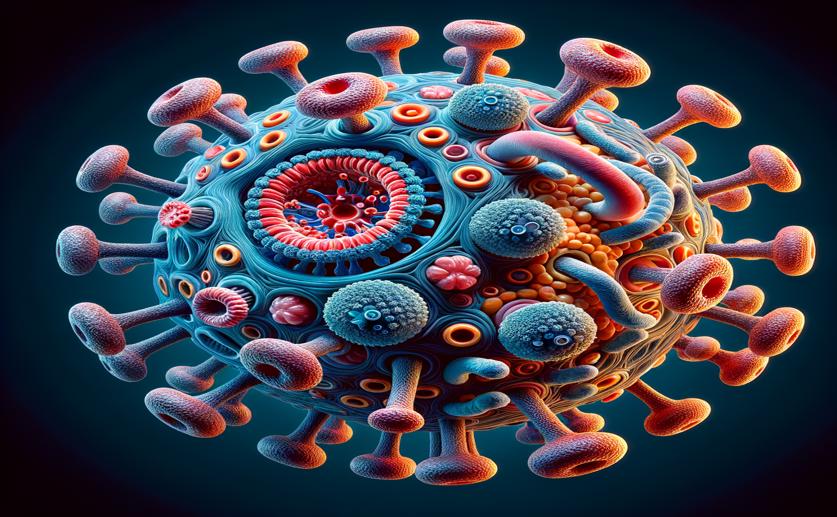
How a Bird Flu Virus Promotes Bacterial Infection in Reproductive Tracts
Jenn Hoskins
22nd March, 2024

Image Source: Natural Science News, 2024
Key Findings
- Study at Northwest A&F University found H9N2 flu virus increases chicken cell vulnerability to bacterial infection
- The virus boosts a protein, fibronectin, which helps bacteria stick to chicken cells, worsening infection
- H9N2 does this by activating a cell pathway, TGF-β, which could be a new target for preventing such infections
References
Main Study
1) The H9N2 avian influenza virus increases APEC adhesion to oviduct epithelia by viral NS1 protein-mediated activation of the TGF-β pathway.
Published 19th March, 2024
https://doi.org/10.1128/jvi.01512-23
Related Studies
2) Pandemic Influenza Infection Promotes Streptococcus pneumoniae Infiltration, Necrotic Damage, and Proteomic Remodeling in the Heart.
3) Streptococcus pneumoniae binds to host GAPDH on dying lung epithelial cells worsening secondary infection following influenza.



 16th March, 2024 | Jim Crocker
16th March, 2024 | Jim Crocker